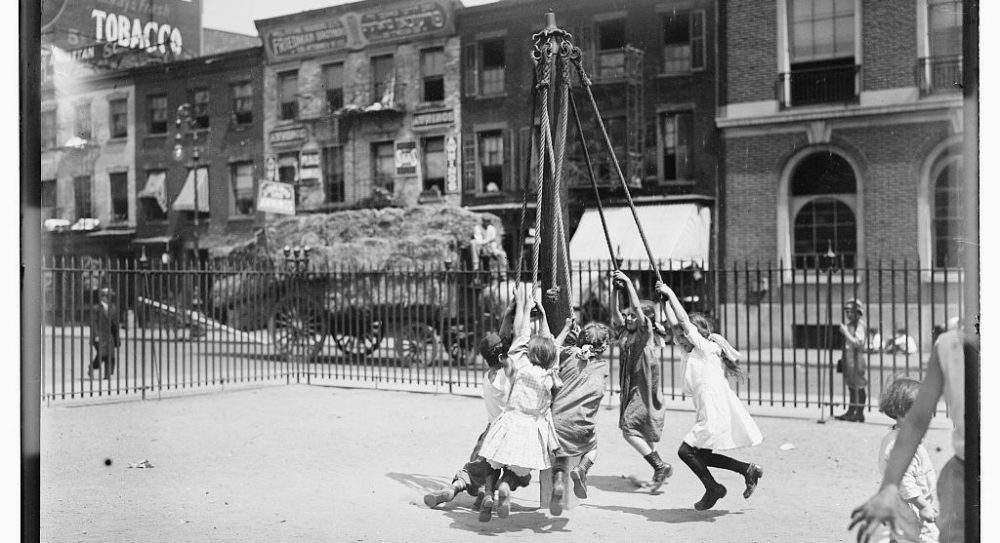Childhood in the late 19th and early to mid 20th centuries was highly racialized, highly gendered, and also different based on national origin. Recess and playgrounds served as one space in which this injustice occurred. In addition to reaffirming racism and sexism play and recess also served as a way to improve the health of children. The purpose of childhood at this time was to develop well adjusted youth that would become productive American citizens and recess, play, and play-spaces helped forge that vision. However, the ideal child, and the ideal vision of the American future citizen was distinctly White and certainly male oriented. The preservation and encouragement of White males in America at this time was of paramount concern. Gagen (2004) explains that both organizations like the Boy Scouts and the YMCA as well as spaces such as playgrounds were essential places of the production of the American White male youth identity. In addition, these spaces served as Americanization tools for immigrants and minorities, but as we have already seen this was done in a highly biased way and these immigrants and minorities had an almost impossible time achieving the level of acceptance that White male youth had from birth. Drawing on the work of Stanley Hall, Gagen writes, “Through play and physical education, children, especially boys, would be inoculated against future weakness and maladjustment to the urban environment” (Gagen 2004, 426). Childhood at this time was viewed by society as a formation period for future American citizens. However, through institutional practices and informal rules of place, children at this time where being socialized to understand unfair and damaging social hierarchies based on national origin, race, and gender that form American society.
Historical Geographies of Childhood through Recess
Part of the Mapping American Childhoods Project
